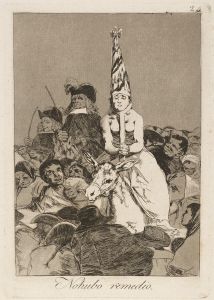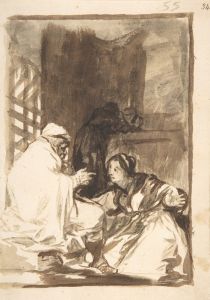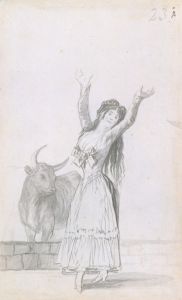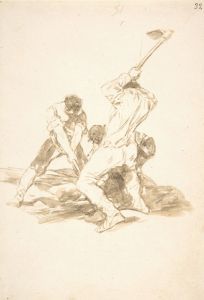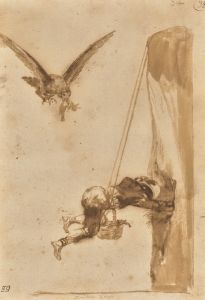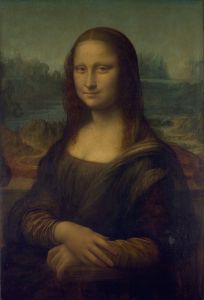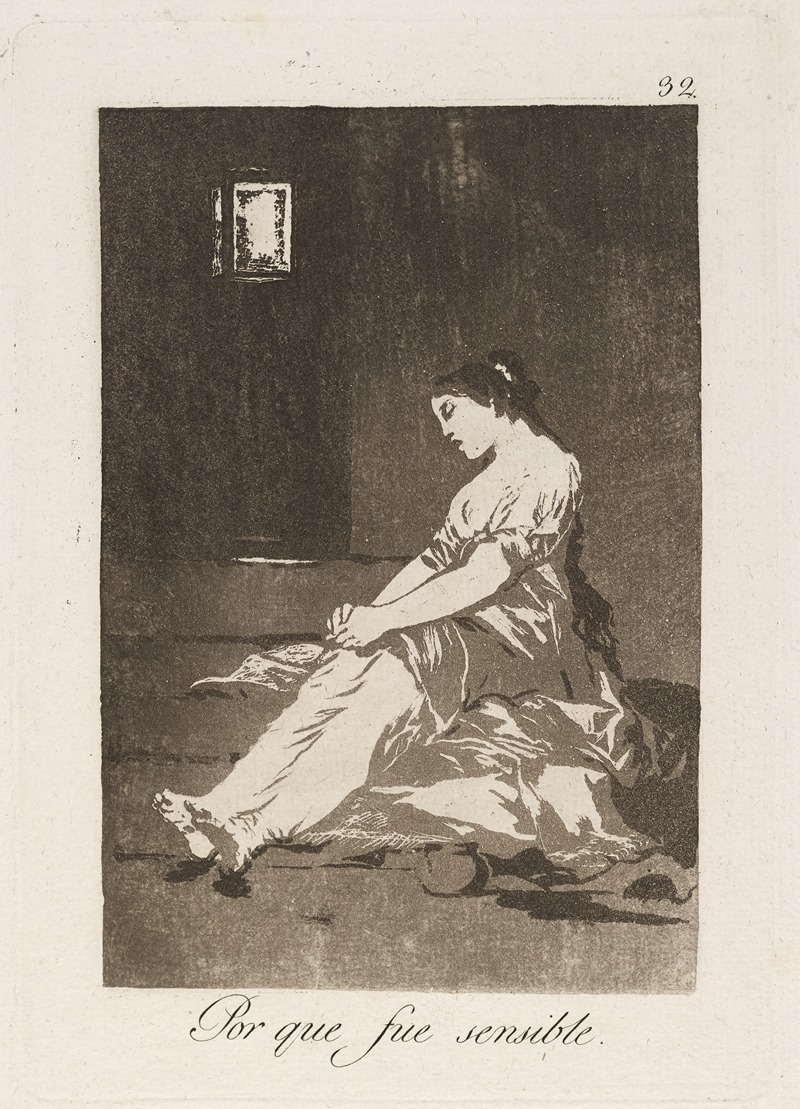
Por que fue sensible.
A hand-painted replica of Francisco de Goya’s masterpiece Por que fue sensible., meticulously crafted by professional artists to capture the true essence of the original. Each piece is created with museum-quality canvas and rare mineral pigments, carefully painted by experienced artists with delicate brushstrokes and rich, layered colors to perfectly recreate the texture of the original artwork. Unlike machine-printed reproductions, this hand-painted version brings the painting to life, infused with the artist’s emotions and skill in every stroke. Whether for personal collection or home decoration, it instantly elevates the artistic atmosphere of any space.
Francisco de Goya's Por que fue sensible (translated as "Because she was sensitive") is one of the 80 etchings that comprise his famous series Los Caprichos, published in 1799. Los Caprichos is a collection of satirical and allegorical prints that critique the social, political, and religious issues of late 18th-century Spain. The series reflects Goya's disillusionment with societal norms, human folly, and the abuses of power.
Por que fue sensible is plate number 32 in the series. The etching depicts a somber scene in which a woman appears to be punished or humiliated, surrounded by figures who seem to mock or scorn her. The exact narrative of the image is not explicitly stated, as Goya often left his works open to interpretation. However, the accompanying caption, "Porque fue sensible," suggests that the woman's suffering is a consequence of her sensitivity or emotional nature. This could be interpreted as a critique of societal attitudes toward women or a commentary on the consequences of vulnerability in a harsh and judgmental world.
Goya employed a combination of etching, aquatint, drypoint, and burin techniques to create the prints in Los Caprichos. These methods allowed him to achieve a wide range of tonal effects, from stark contrasts to subtle gradations, enhancing the emotional and dramatic impact of the images. The series was groundbreaking for its innovative use of printmaking techniques and its bold exploration of contemporary issues.
The Los Caprichos series was initially released for public sale in 1799 but was quickly withdrawn, likely due to pressure from the Inquisition and fear of reprisal for its controversial content. Goya later donated the original plates and unsold prints to the Royal Academy of Fine Arts of San Fernando in Madrid. Today, the prints are considered masterpieces of graphic art and are housed in various museums and collections worldwide.
As with many of Goya's works, the meaning of Por que fue sensible remains open to interpretation, and its specific context within the series continues to be a subject of scholarly discussion. The etching exemplifies Goya's ability to combine technical mastery with profound social commentary, making it a significant piece within his oeuvre.





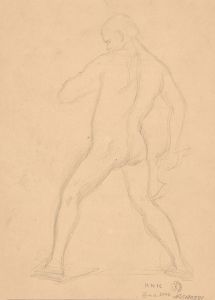
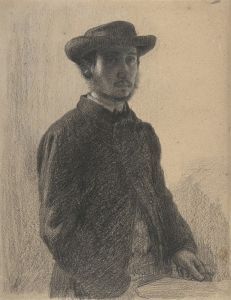
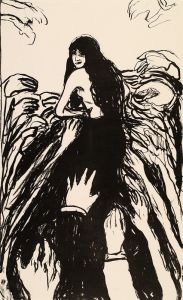
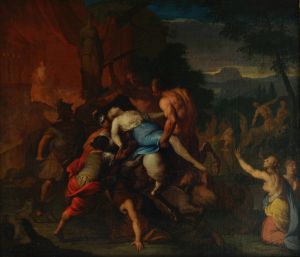
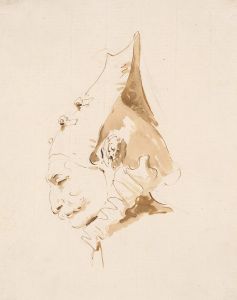
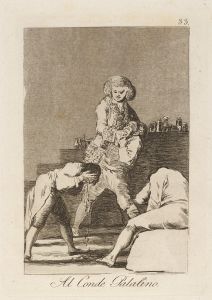
![He Who Does Not Like Thee Will Defame Thee in Jest [Loyalty]](/imgs/264614/s/francisco-de-goya-he-who-does-not-like-thee-will-defame-thee-in-jest-loyalty-4196b335.jpg)
